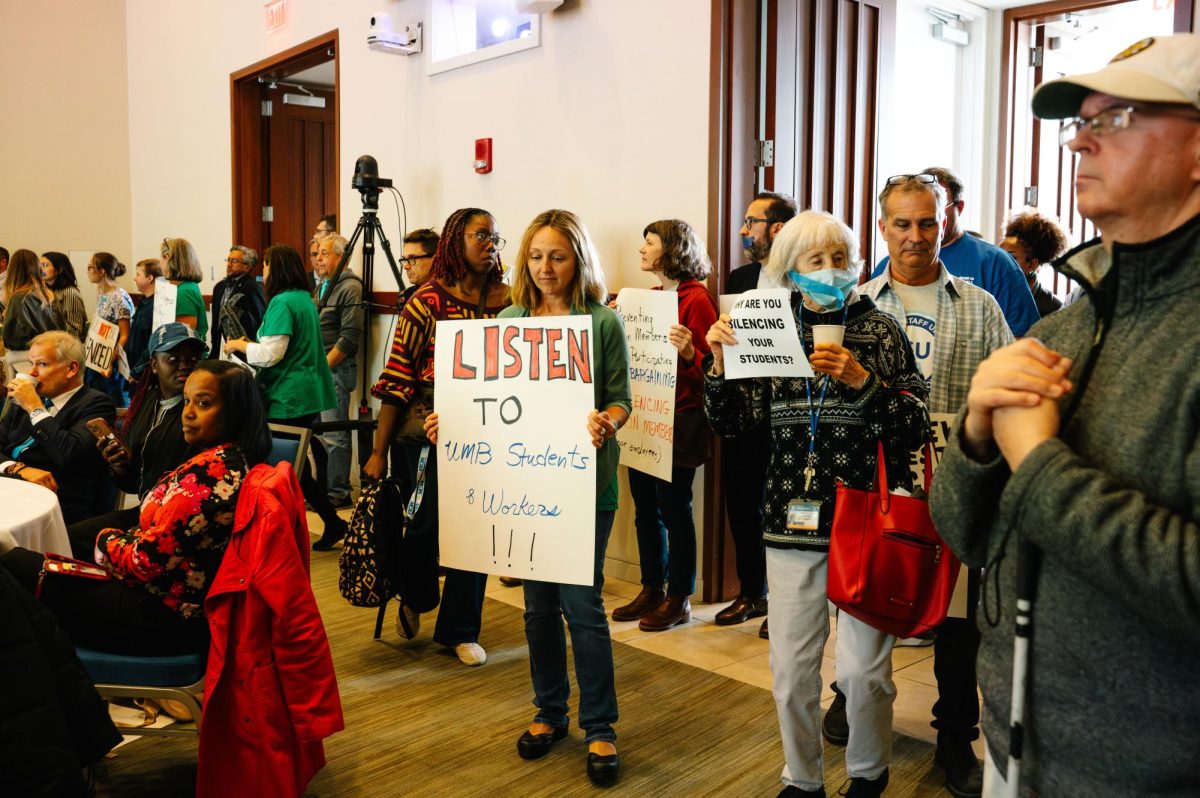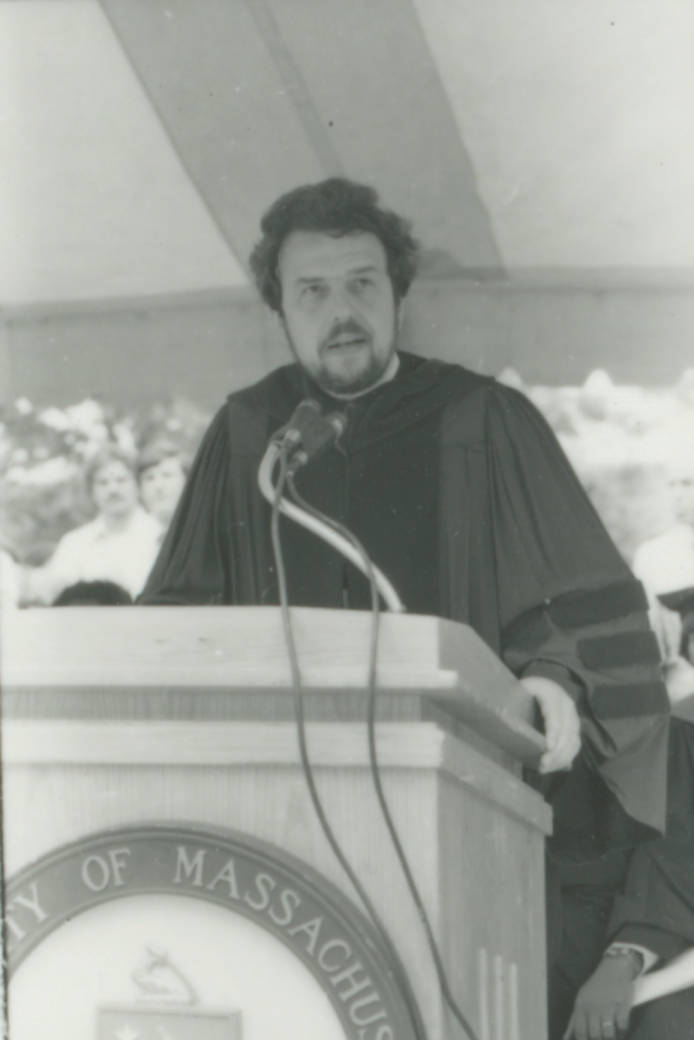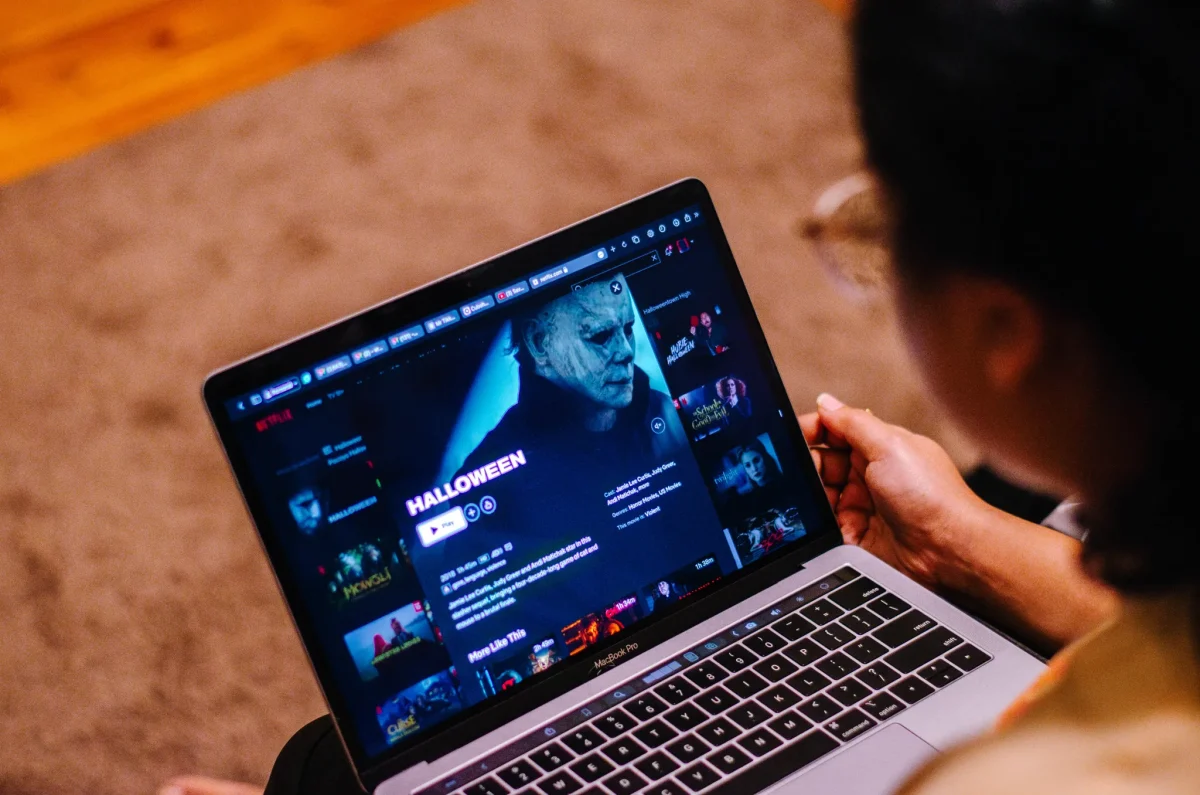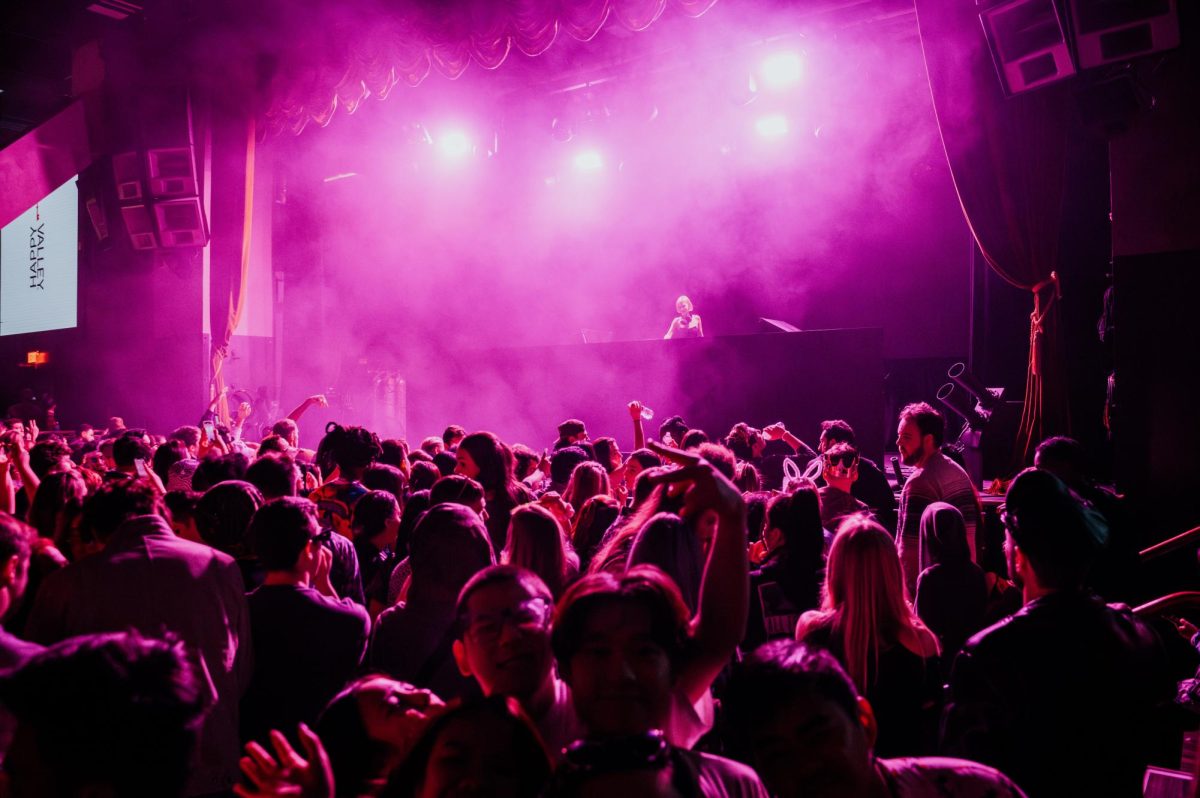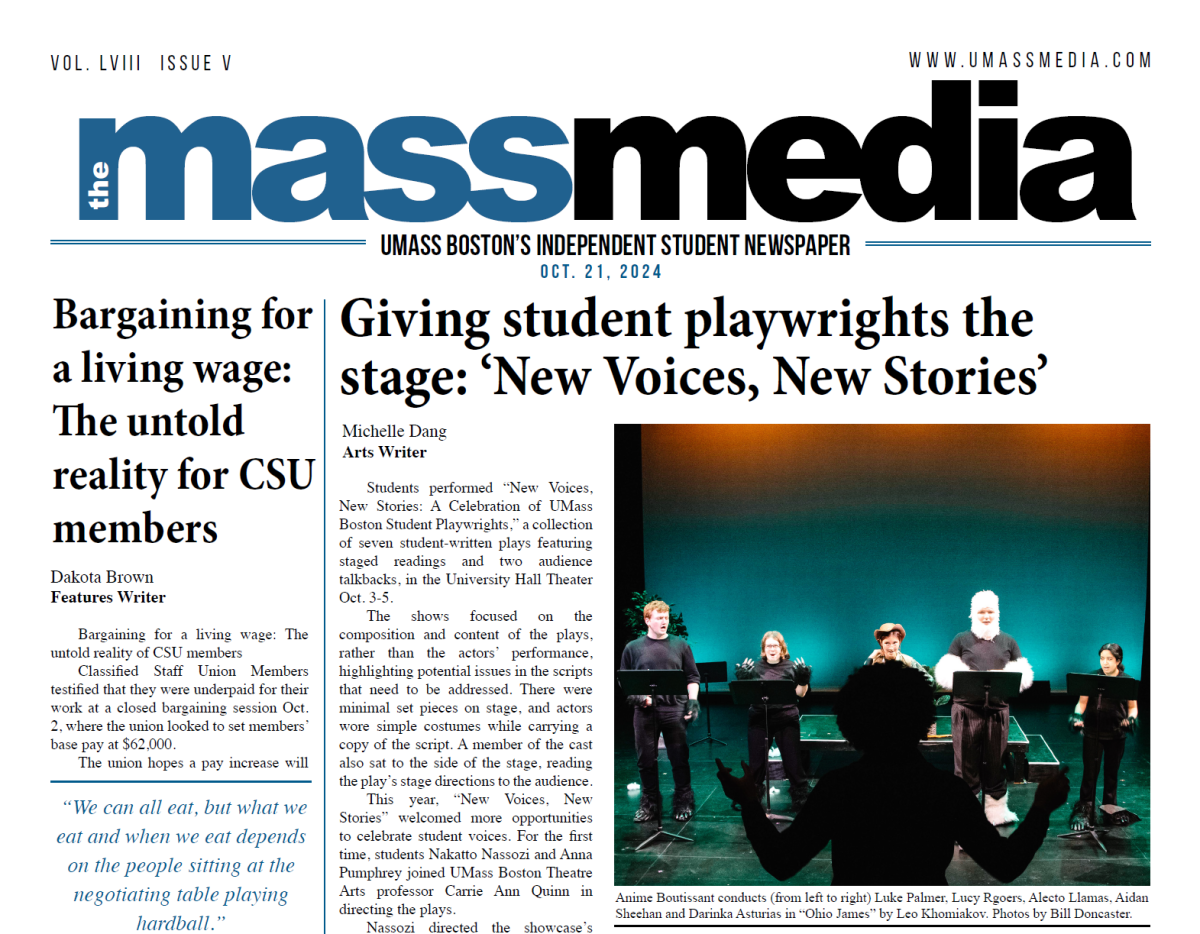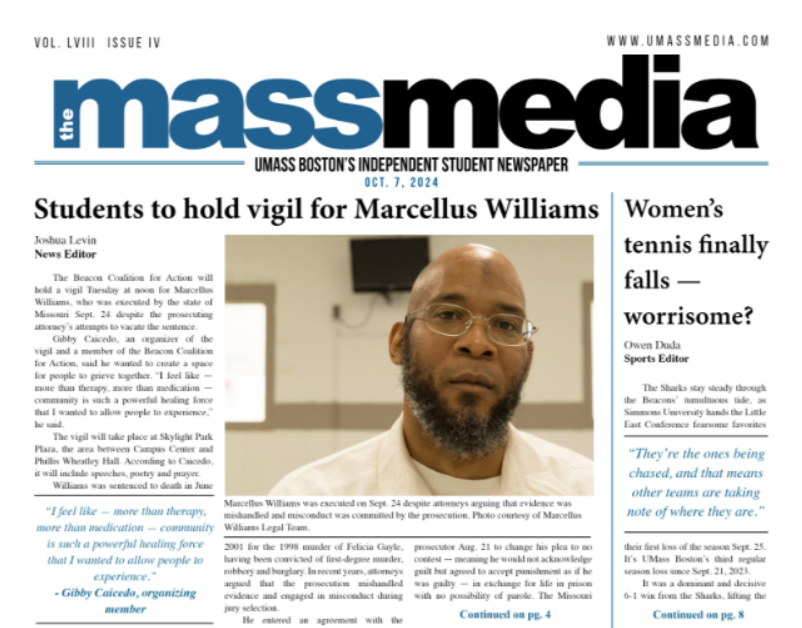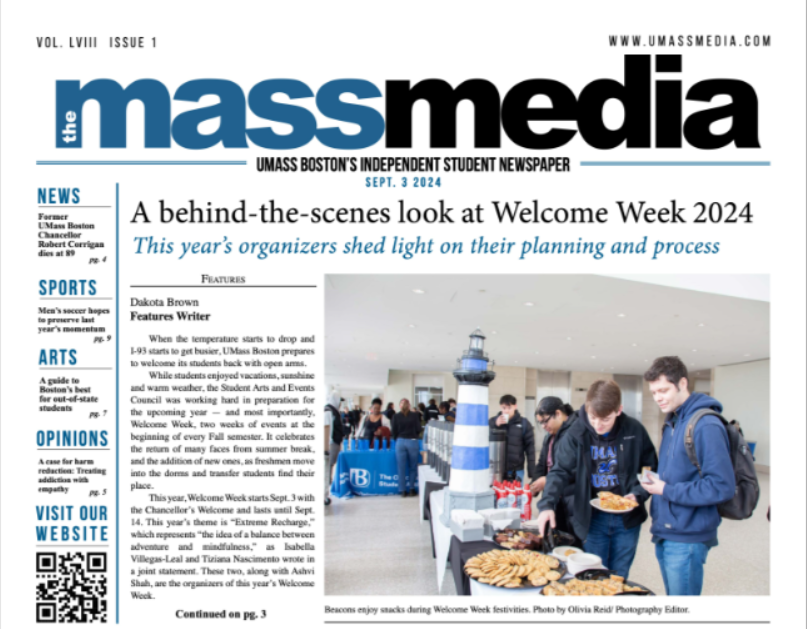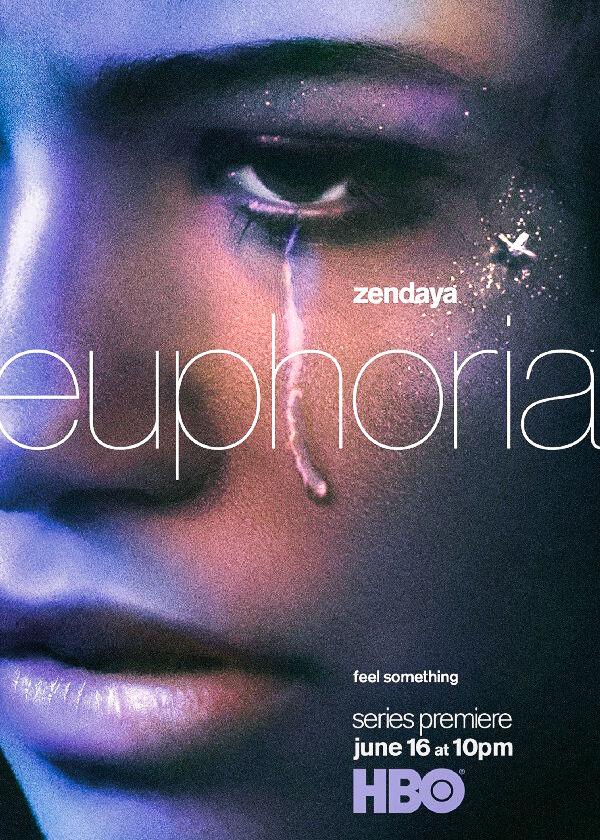The cultural phenomenon and fallout of ‘Euphoria’
Promotional poster for “Euphoria”(2019). Used for Identification purposes. Graphic sourced from IMDb.
February 3, 2022
With over 13 million people having seen the Season 2 premiere and practically the entire Internet buzzing about the gritty TV show, HBO’s “Euphoria” is hard to avoid. (1) Even those without an HBO or HBOMax subscription have found ways to catch each week’s new episode, only to run to their phones or computers to dissect what they’ve just watched. However, with such a popular television series, there is always space for error and danger in the series.
“Euphoria” has become—for lack of a better term—a cultural phenomenon in the past three years of its existence. In a world of streaming, the show has become one of the few remaining television series to uphold the old version of television. Each episode airs at a set time—9 p.m. on both the East and West coasts—on both HBOMax and the traditional HBO channel. Streaming services have basically demolished this old way of consuming content and instead turned towards bulk releases at midnight PST which allow viewers to watch whenever they can.
This shift realigns the show’s weekly releases with the way many of “Euphoria”‘s viewers grew up watching television. Fans will watch the show on Sunday nights and process what they’ve seen, only to discuss it on social media or with their friends in school on Monday. Just as many viewers used to do with weekly releases of “Gossip Girl,” “Teen Wolf,” “Glee” or “Pretty Little Liars,” “Euphoria” is re-establishing the weekly episode viewing culture. Part of this may be in part to do with its original start on HBO, but the choice to keep this format when moving episodes to HBOMax as well has also helped to keep the attention on the series longer than a month at the most.
Much of the popularity of the series may be in part due to the large cast of characters and these characters’ ability to serve as mirrors for viewers. Social media—especially TikTok—has allowed for viewers to discuss theories for the characters, as well as discuss how they may relate to these characters. While the show may be overdramatized at parts, at its core the characters of “Euphoria” are still relatable in some way to its viewers.
The series also helped to skyrocket many of its actors into super-stardom. While some of the actors, such as Sydney Sweeney (Cassie), Jacob Elordi (Nate), Maude Apatow (Lexi), Alexa Demie (Maddy) and Austin Abrams (Ethan) already had well-established resumes, “Euphoria” catapulted these actors to become B and A-List stars. In addition to that, the series helped to jumpstart acting careers for actors such as Hunter Schafer (Jules) and Barbie Ferreira (Kat), who had both been models before the series, and Angus Cloud (Fezco), who was scouted off the street for his role.
“Euphoria” also pushes many boundaries seen in normal television, featuring the teenage characters drinking, doing drugs, battling addiction, having sex—and the repercussions of doing so—troubled relationship and home lives, and many other experiences teenagers may experience. Not only does this bring an element of reality to the overdramatic world of teen dramas, it also allows for Zendaya (Rue), the show’s narrator, to break out of her “good-girl” image and show a grittier, more mature side of her acting skills by portraying a teenager struggling with a drug addiction.
However, although the show may be pushing boundaries and featuring more intense subject matter than traditionally seen in drama television, this can also have its downsides. Though “Euphoria” displays immense amounts of partying and less-than-picturesque home lives, they are often masked by glamorous outfits and characters decked out in body glitter, as well as artistic cinematography. The show can lead itself towards glamorizing the lifestyles depicted rather than serving as a caution for viewers. As Samuel Getachew for Vogue writes:
“While it may have been intended to serve as a warning, ‘Euphoria’ often feels more like an instructional tutorial or a road map, one that sensationalizes its subject matter while neglecting to fully disclaim its risks and hazards” (2).
Though the slightly older audience of “Euphoria” that has already graduated high school may not internalize the show’s negative influences, those in high school or younger may be prone to rationalizing their rebellious behavior by comparing their own life to the series. In order to seem “cool”—both in terms of fitting in with their peers and with the fictional characters they see on their screens—teenagers may be more inclined to seek out drugs and alcohol and partake in these substances while underage and without the full understanding of what these substances can do to them.
In addition to this, “Euphoria” can set unrealistic standards for some viewers. While having teenage actors portray teenage roles brings about a myriad of problems in terms of contracts, labor laws and future impact, adult actors can also have a negative impact on their audience. As Christina Cauterucci for Slate said:
“Bald spots are not the issue for teenaged viewers, though. It’s the more conventionally sexualized parts of adult bodies—breasts, hips, upper body musculature—that can give teenagers unrealistic points of reference for their own development.” (3)
Between explicit shots of nudity or scenes of characters having sex, teenagers or young adult viewers may be inclined to compare themselves—and their insecurities—to the actors on their screens. While many actors have had plastic surgery, this knowledge does not help when viewers are presented with characters who are supposed to be in high school and have perfect physiques.
HBO’s “Euphoria” has skyrocketed to become a household name, however that isn’t without some setbacks along the way. Though the show can be seen as pushing boundaries and even progressive at times, there is also the risk of its impact on the younger viewers of the series. Where this show is headed in the future—as well as how viewers turn out because of the show—will certainly be interesting to see in the coming years.


